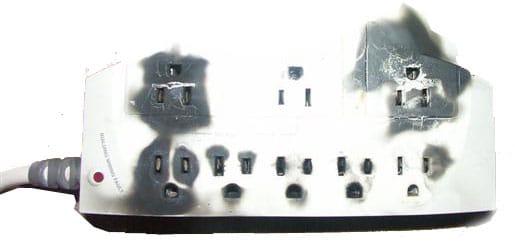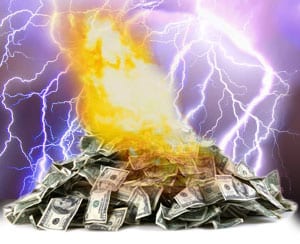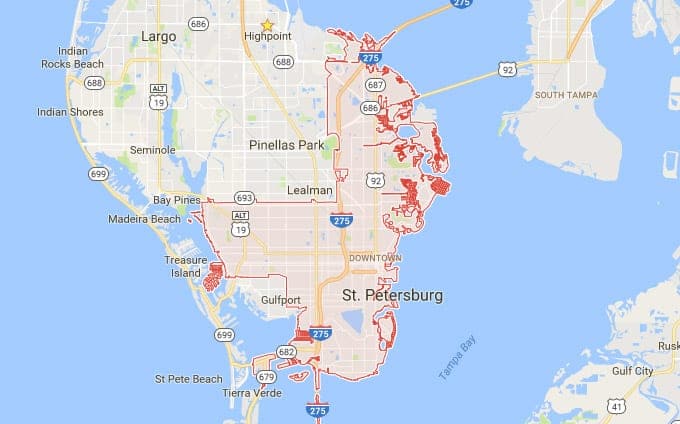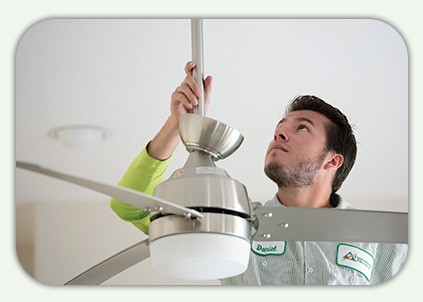Surge Suppressor
Surge Suppressor Sales and Installation
A surge suppressor is a device engineered to prevent voltage spikes in electrical devices. A surge suppressor will restrict the amount of voltage routed to an electrical appliance by grounding excessive voltage spikes. A surge suppressor that sends a voltage spike to ground is the most common type, however, other methods may exist.
A surge suppressor can be built into a power strip with multiple outlets. These devices are typically used to protect individual appliances or a group of devices that use outlets contained the same power strip. Surge suppressor devices can also be installed in electrical control panels, such as a residential circuit breaker. These appliances can protect an entire residence from dangerous electrical surges and lightning.
Clamping voltage is the spike threshold that will trigger a surge suppressor to send electrical overloads to ground. When electricity in the line exceeds the clamping voltage, the surge suppressor diverts the energy to ground. This prevents appliances connected to the electrical circuit from being damaged. Lower clamping voltages provide better protection, but may also reduce the surge suppressor lifespan. For a common 120V AC device, 330 volts is the standard clamping voltage. Some newer, high-performance surge suppressors can provide as low as 130V clamping voltages.
Underwriters Laboratories, commonly known as UL, is an independent company that defines safety specifications for electrical appliances. In September 2009, UL increased safety specifications with 3rd edition UL testing criteria. Therefore, a surge suppressor manufactured after 2009 may provide increased performance with longer lasting components than comparable products manufactured prior to 2009.
Joules rating is a measurement that specifies the amount of energy a surge suppressor can safely withstand. A joules ratings of 1000 or more may indicate better protection. Typical electrical surges may reach 6,000 volts, 3000 amps, and 90 joules. A typical lightning strike can produce a surge of 2000 volts, 30,000 amps, and 500 megajoules.
Whole house surge suppressors can protect a residence from dangerous lightning strike voltage spikes. Whole house surge suppressors are typically more expensive than outlet protectors and require installation by a certified electrician. But they provide comprehensive protection throughout the entire circuit path.
For Surge Suppressor installation, contact Luminous Electric






